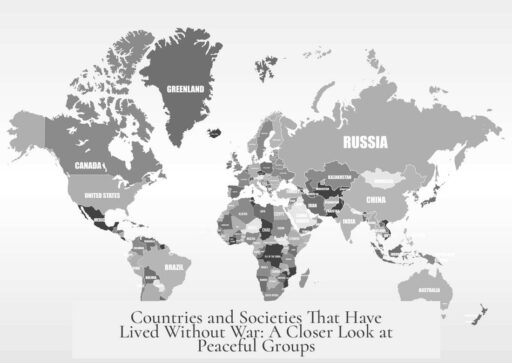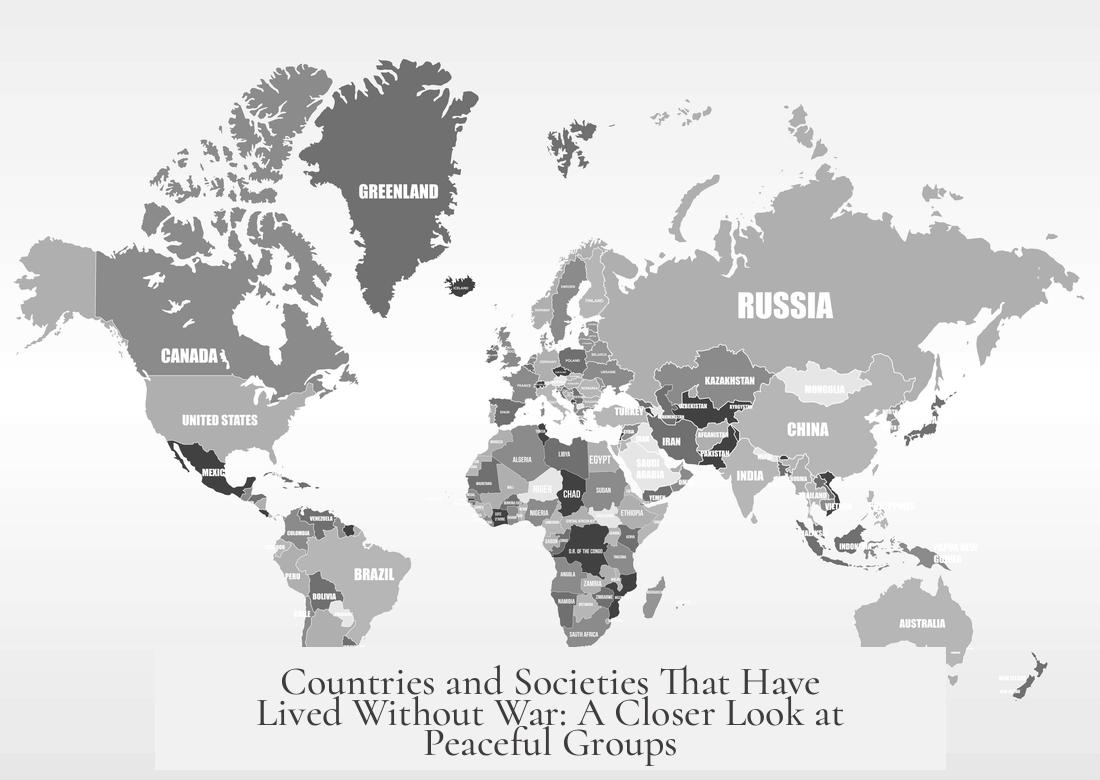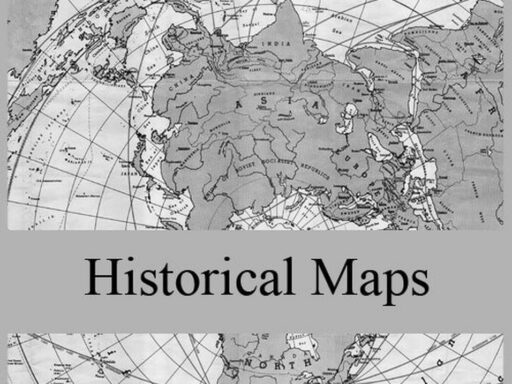Some indigenous groups and ancient civilizations have little or no recorded history of war, while certain modern countries maintain reputations for avoiding armed conflict; however, no known society has completely escaped war or conflict throughout history.
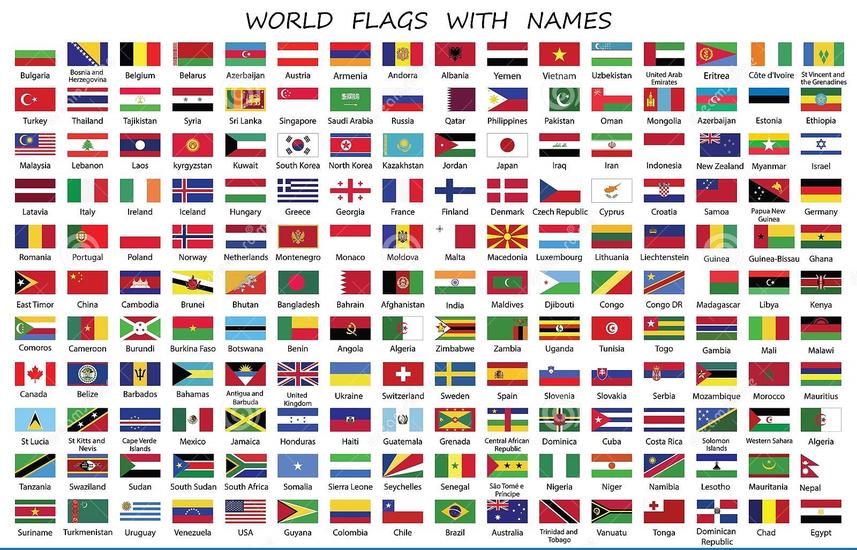
Several indigenous peoples exhibit patterns of peace or non-engagement in warfare. The Inuit of northern Canada and Alaska have served as border rangers but never fought in wars. The Sami people in Nordic countries maintain unique land stewardship customs and seemingly lack any history of war. The Moriori of an island east of New Zealand are known for their pacifist stance, opting not to fight even when the Maori invaded violently. The Hadza of northern Tanzania, stateless hunter-gatherers lacking hierarchical structures, lack both the capacity and inclination to wage war.
Ancient civilizations also show scarce evidence of warfare. The Norte-Chico civilization in present-day Peru reveals no signs of conflict in archaeological sites. Similarly, the Chavin culture in ancient Peru left no clear traces of war, instead engaging in social or religious influence. The Indus Valley civilization is notable for its absence of weapons at excavation sites and possible lack of rulers, suggesting minimal organized warfare. The Shaft Tomb Culture of West Mexico, despite warrior iconography, shows little proof of actual combat, implying limited conflicts possibly restricted to internal struggles.

Several modern states have reputations for avoiding warfare. Costa Rica abolished its military in 1948 and has since stayed clear of war. Mauritius, though having colonial tussles between French and English powers, never participated in formal wars and remains peaceful and multicultural. San Marino, a small city-state in Italy’s mountains, has avoided conflict by virtue of low strategic interest. Vatican City has no records of armed war engagement. Switzerland maintains long-held neutrality despite complex involvements like holding funds during WWII. Singapore, a relatively young nation formed in 1965, has avoided war as a sovereign state post-independence. The Faeroe Islands, with small populations and integration into Norway, have limited war history.
- Mennonites are a religious group known for pacifism but have suffered violence inflicted by others.
- The Iroquois Confederacy united six nations to reduce internal conflict, possibly minimizing external warfare through diplomacy.
Despite these examples, extensive research and historical record suggest no human society has entirely escaped war or organized violence at some point. War need not imply modern mechanized combat; it includes any organized violent conflict. Societies without standing armies or centralized political systems often remain vulnerable or have been extinguished by aggressive neighbors. The North Sentinelese aggressively defend isolation but engage in violent conflict when contacted. England’s history of invasions and colonial wars covers many parts of the globe.
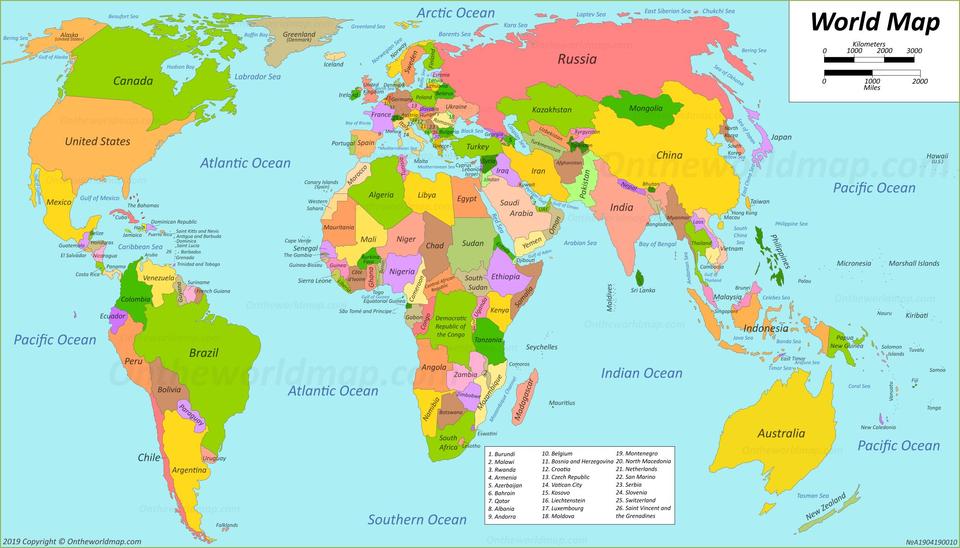
| Category | Examples | Notes |
|---|---|---|
| Indigenous Groups without Known War | Inuit, Sami, Moriori, Hadza | Minimal or no recorded organized warfare |
| Ancient Civilizations with Little Evidence of War | Norte-Chico, Chavin, Indus Valley, Shaft Tomb Culture | Scarce archaeological proof of fighting |
| Modern States Avoiding War | Costa Rica, Mauritius, San Marino, Vatican, Switzerland, Singapore | Reputations for peace or neutrality |
| Pacifist/Confederate Groups | Mennonites, Iroquois Confederacy | Religious or political pacifism |
| Counterpoint: No Society Free of War | Historic nations, isolated tribes like North Sentinel | Generally all affected by war or conflict at some point |
This overview highlights diversity in human conflict history. Some small societies or ancient cultures show no evidence of warfare. Others operate within neutrality or pacifist frameworks in modern times. Nonetheless, war and conflict remain near-universal human experiences because of competition over resources, territory, or power.
- Indigenous groups such as the Inuit, Sami, Moriori, and Hadza have little or no known history of warfare.
- Ancient civilizations like the Norte-Chico and Indus Valley show no or scarce evidence of war.
- Countries including Costa Rica, Mauritius, and San Marino hold reputations for avoiding conflict.
- Pacifist religious groups and confederacies contribute to reduced warfare experience.
- Historians agree that no society has entirely escaped war or violent conflict.
Are There Any Countries or Societies That Never Had War? The Peaceful Few and the Reality Check
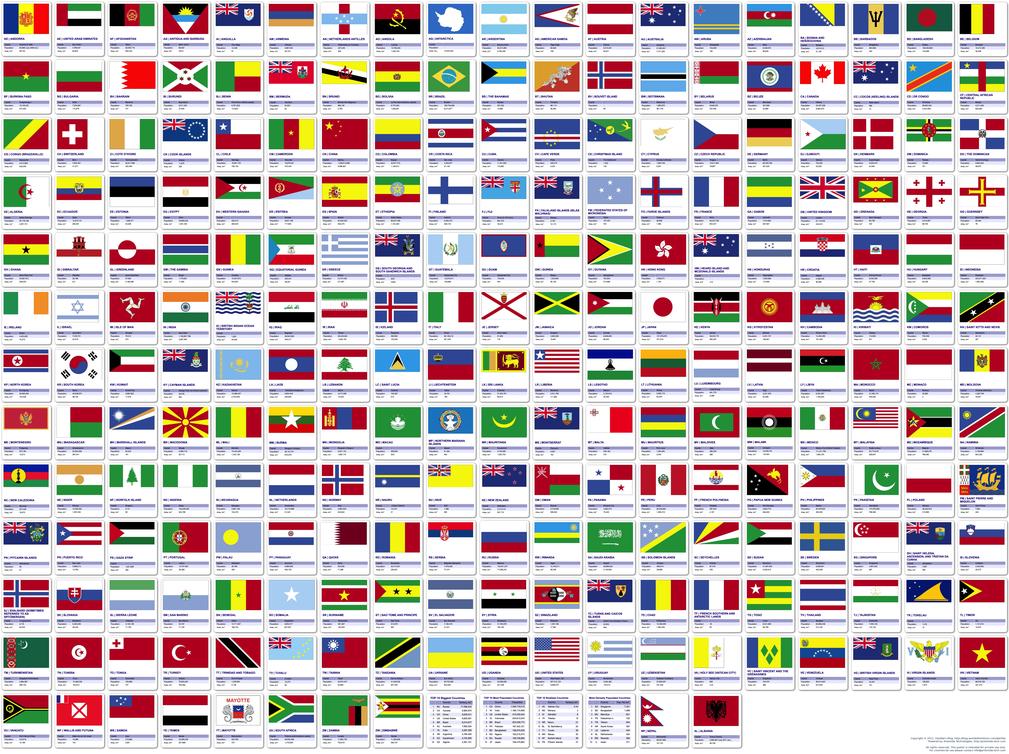
Are there any countries, societies, or civilizations that have never experienced war? The short answer: Yes, but with serious nuances. Several indigenous groups and ancient civilizations show little or no evidence of warfare. At the same time, many modern nations have reputations for peace, though history and politics often tell a more complicated story.
Let’s explore this fascinating topic with real examples, myths, and a reality check. Is peace without conflict genuinely possible? Or is war simply part of the human condition?
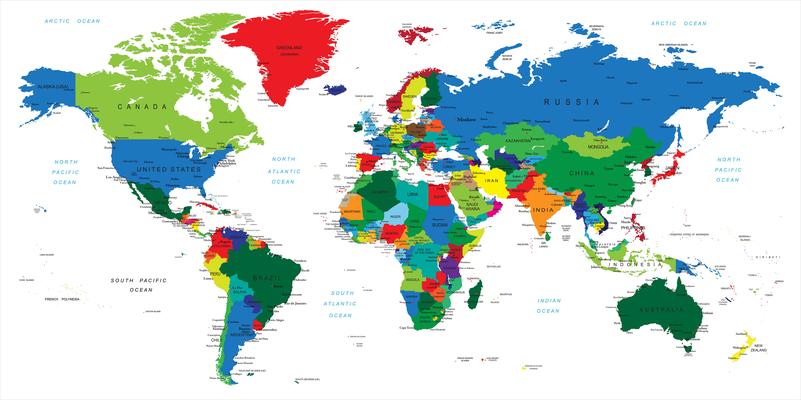
1. Peaceful Indigenous and Ethnic Groups: Quiet Warriors of Diplomacy
Some tribes and ethnic groups have no known history of war. That’s not because they lacked courage or strength, but often due to cultural values or limitations in population and social organization.
- The Inuit People of northern Canada and Alaska serve as remarkable examples. They volunteer as rangers watching North America’s northern borders but have never engaged in warfare. Their survival skills seem to focus more on coexistence with nature and each other than conquest.
- The Sami People in the Nordic countries live in a cold, rugged terrain. They own land in a unique sense—some say they have “no concept of owning” land as we understand it. Interestingly, they have never been recorded to go to war, possibly valuing harmony over conflict.
- The Moriori, inhabiting an island east of New Zealand, showed extraordinary pacifism. When invaded by the Maori in 1835—who intended to massacre and even eat them—the Moriori chose not to fight back. This tragic example shows a peaceful society confronted by violence without retaliation.
- The Hadza People of Northern Tanzania, a hunter-gatherer stateless society, have never mobilized for organized war. Their societal structure doesn’t support large-scale violent conflict, which has helped them avoid war but brought vulnerability to incursions.
These examples raise an intriguing question: Could a culture of peace exist long term when surrounded by hostile forces? The Moriori story hints at the fragile nature of such peaceful societies.
2. Ancient Civilizations With Minimal Evidence of War
Digging into ancient history reveals civilizations where violence does not dominate the archaeological record. Is this evidence of real peace or simply the absence of tangible proof?
- The Norte-Chico Civilization in Peru left no signs of violence or warfare. The monumental architecture and thriving culture suggest complex organization without battle scars.
- The Chavin Culture, also in ancient Peru, seems to have avoided warfare. They manipulated through religious influence rather than armed conflict, a form of “soft power” centuries before the term existed.
- The Indus Valley Civilization
- The Shaft Tomb Culture of West Mexico shows artistic depictions of warriors, but actual war evidence is scarce. Skeptics argue conflicts might have been internal disputes rather than inter-group warfare.
These ancient cultures challenge the common belief that war is inevitable for complex societies. Instead, they hint at alternative forms of conflict resolution or social organization.
3. Modern Nations Renowned for Avoiding War
Peaceful countries often capture our imagination. How do they pull it off?
- Costa Rica stands out. It abolished its army in 1948 and has since avoided involvement in armed conflicts. Its focus on education, democracy, and environmental protection redirects energy from war to growth.
- Mauritius, an island in the Indian Ocean, has never participated in war. While Europeans fought over control centuries ago, the island itself was peaceful, friendly, and free from a slave history due to being uninhabited when discovered.
- San Marino is a tiny city-state nestled in the mountains of northeast Italy. It holds a reputation for avoiding conflict, likely helped by its lack of strategic value and a preference for maintaining the status quo.
- Vatican City remains neutral on global political conflicts, using diplomacy over force. Its spiritual role likely protects it from military entanglements.
- Switzerland is famous for neutrality. Despite controversy over holding Nazi gold during WWII, Switzerland has skillfully steered clear of most direct military conflicts.
- Singapore is a relatively young nation with no independent war involvement since its founding, though the city itself had suffered during World War II.
- The Faeroe Islands have seen little warfare due to isolation and small population size, though their integration into Norway involved some military obligations.
The big lesson? Small size, lack of strategic value, isolation, and strong diplomacy often help keep nations out of war. But total exclusion from conflict is rare.
4. Groups Known for Pacifism
Certain groups put peace into their identity and practices.
- The Mennonites are staunch pacifists who refuse military service and violence. However, their history includes suffering persecution, showing that peacefulness does not guarantee safety.
- The Iroquois Confederacy united six Nations and maintained internal peace through a sophisticated governance system, though they did wage wars against other groups.
Pacifism is a strong moral choice. Yet, history shows it can either protect communities or leave them vulnerable.
5. The Hard Truth: No Society Is Completely Free From War
“No human group on the planet has not participated in war.”
That’s a tough pill to swallow. Definitions of war vary—tribal skirmishes count as war in anthropological terms. History shows organized violence almost everywhere, at some time.
Even famously peaceful places had dark moments or depended on stronger neighbors for protection. War may be embedded in human societies because of competition over resources, status, or survival.
- The North Sentinel Island inhabitants have resisted all outsiders with violence, fiercely protecting their isolation.
- England, for example, has invaded numerous countries—if you count invasions as war, no corner of the world has been untouched by British military history.
Does this mean peace is impossible? Not at all. It means sustained peace requires effort, diplomacy, and sometimes sacrifice.
So, What Can We Learn From This?
Is absolute avoidance of war realistic? Probably not. But several lessons emerge:
- Cultural values shape conflict outcomes. Societies valuing harmony and cooperation may avoid wars.
- Size and isolation matter. Small or remote groups often avoid large-scale conflict.
- Diplomatic skill and neutrality pay off. States like Switzerland and Costa Rica protect themselves through non-aggression and diplomacy.
- Pacifism is noble but risky. Groups like the Mennonites choose peace even under threat.
- History is complex. Even peaceful societies may have moments of violence or be victims of war.
Could modern nations learn from the Inuit or the Moriori? What if global politics developed more like the Chavin culture’s manipulation rather than open battles? What prevents us from creating peaceful futures?
Peace is not the absence of conflict but the art of managing it without war. Knowing this enriches our understanding of history and guides our hopes for tomorrow.
Final Thought
There are indeed countries, societies, and ancient civilizations with minimal or no history of war. Yet, none are perfect examples of eternal peace. War, in its many forms, has touched almost all human groups.
Instead of searching for a mythical tabula rasa society free from conflict, we might focus on the qualities that helped these peaceful groups survive: cooperation, respect for boundaries, strategic neutrality, and cultural values to mitigate violence.
After all, isn’t that what makes humanity beautiful—the capacity to choose peace over war?
